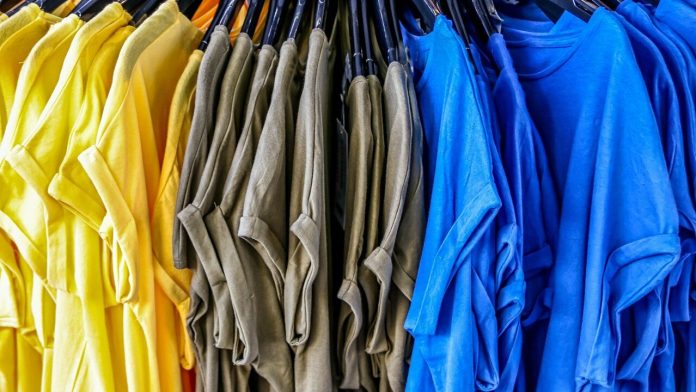Modal is such a soft material that it is most preferred in garments such as t-shirts and pajamas. But not all modal is the real deal. Some fabrics might look similar, but aren’t as good. This article explains simple ways to spot what material is modal in a way anyone can understand.
What’s Modal Fabric?
Modal comes from beech tree pulp. It’s soft, stays nice after lots of washes, and feels cool on the skin. People love it for cozy things like underwear or sheets. Real modal is strong, light, and doesn’t get fuzzy or fade fast. Knowing this helps find the good stuff.
What the Label Says
Looking at the tag helps a lot. Real modal will say “modal” in the fabric list. You’ll usually see “100% modal” or “90% modal, 10% spandex” on the tag. If it just says “rayon” or “viscose” without “modal,” it’s probably not the same material. Some clothes say “micromodal.” That is real modal too, but made from even finer threads. It feels softer but is still modal.
Touch the Fabric
Real modal feels super soft, like a fluffy cloud, but not slippery. It’s smooth and cool when touched. Rubbing it between fingers should feel nice, not rough or hard. Fake modal might feel scratchy or too thin. A quick touch can show if it’s real.
See How It Hangs
The modal fabric flows nicely on clothes. It looks soft and wavy, not stiff. When holding up a modal shirt, it should drape smoothly, not stick out oddly. If it looks hard or boxy, it’s probably not modal. The way it hangs gives a hint about its quality.
Try a Stretch Test
Modal stretches a little, but not like super stretchy stuff. Pulling it gently should make it stretch a bit and go back to normal without sagging. Fake modal might not stretch or feel as stretchy as rubber. A gentle pull reveals whether the fabric stretches slightly and returns to shape without sagging.
Test If It Breathes
Modal lets air move through, keeping people cool. Holding it up to a fan or blowing air through it should feel breezy. If air doesn’t pass easily or it feels heavy, it’s not real modal. This is why the modal is great for hot days.
Wash It and Check
Real modal stays soft and strong after washing. Washing a modal item (using the care label) should keep it smooth and nice. Fake modal might shrink, fade, or feel rough after a wash. This test takes a bit, but it proves if it’s real.
Price Can Give a Hint
While it’s not always the case, genuine modal does cost a bit more to make. Clothes made with real modal tend to be priced higher than regular cotton or polyester blends. If something seems way too cheap but claims to be modal, it might not be the real thing.
Conclusion
Identifying authentic modal fabric will be only a matter of a few tests: touch, movement, washing, and label. Real modal is soft, smooth, flexible, and holds up well over time. It looks good and feels good after many years. The easiest way to tell whether it is real or not is by touching the material, reading the label on the garment, and observing the durability of the garment after washing it. People who are interested in wearing clothes that feel good and will last longer should also think of investing in genuine modal.








